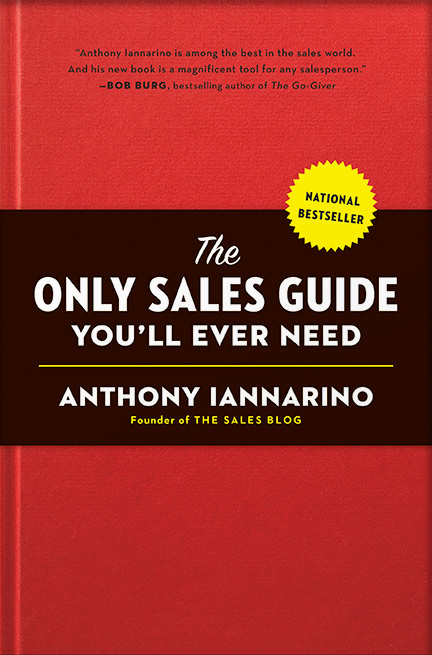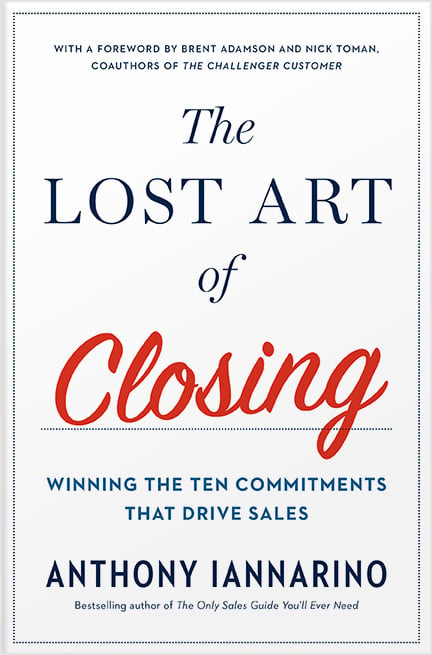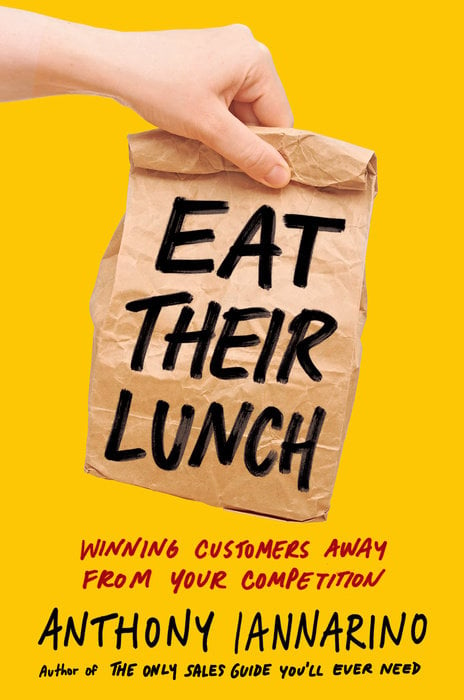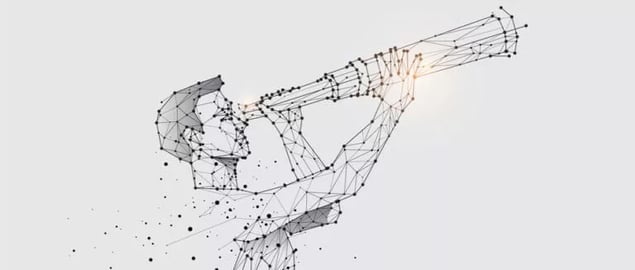The Gist:
- A vantage point is a place from which you can get a better view of something. Establishing a good one gives you a significant add-vantage.
- In sales, we use a number of conceptual frameworks, like a sales process and the buyer’s journey, to better view the sales conversation.
- Improving your results means improving your vantage point, adopting a new lens through which to see the sales conversation and improve your ability to be agile.
A vantage point is a place that offers you a good view of something. It can function as a lens, allowing you to improve your results by clarifying some object or outcome that would otherwise be invisible, opaque, or complex. Professional B2B sales is rife with complexity, and much of the time it is difficult to recognize linear, cause-and-effect relationships. Your framework lets you make sense of what you perceive, explore what is occurring, and respond appropriately. John Boyd’s OODA loop, for example, suggests that you Observe, Orient, Decide, and Act, allowing the outcomes to adjust your future decisions.
Maps of the Sales Conversation
There are two primary maps we use to place some kind of structure around the sales conversation.
The first map that improves your vantage point is your sales process, the conversations and outcomes that help you create value for your prospective clients and eventually win their business. Because the sales conversation is nonlinear, it doesn’t follow a straight line from target to close. Instead, different elements add complexity, like a new stakeholder who was left out of discovery who now needs you to restart that process.
The sales process, as a map or vantage point, lets you get your bearings and make good decisions about how to move the sales conversation forward.
The second map is the buyer’s journey, which helps you orient yourself to where your decision-makers and decision-shapers are in their exploration of change. It might start with the awareness of a need, then move on to exploration of options, evaluating their potential partners, and purchasing.
Like the sales process, the buyer’s journey is a tidy fiction. It describes outcomes, but it doesn’t guarantee that every contact will be in the same stage at the same time, nor does it mean that everyone who needs to be included in the conversation is even aware that someone has started a change initiative.
But in both cases, the map is not just a tool for orienting yourself. It also allows you to be agile and make decisions that further the conversation—even when nothing on the map provides guidance on the right course of action.

Three Useful Maps
In The Only Sales Guide You’ll Ever Need, you will find a map for your personal and professional development as a salesperson: a competency model that includes the character traits and skills you need to succeed. The first character trait is self-discipline, the ability to keep the commitments you make to yourself. The second skill is prospecting.
Learn Anthony's core strategies & tactics for sales success at any level with The Only Sales Guide You'll Ever Need
Sales leaders often complain that their salespeople are not good at prospecting, but much of the time they are actually effective at getting meetings. Their real challenge is gaining the self-discipline to block their time, avoid distractions, and dial the phone for ninety minutes. In this case, the vantage point helps classify an individual challenge in terms of will vs. skill.
The Lost Art of Closing is map of the sales conversation that adds a contextual layer to the sales process and the buyer’s journey, merging them into a sort of meta map, one that allows a salesperson to identify what conversations will help their prospective client move forward in the sales conversation, as well as what commitments they need to make and keep, in order to make an effective decision.
No more pushy sales tactics. The Lost Art of Closing shows you how to proactively lead your customer and close your sales.
One of the 10 commitments that provides a vantage point is the commitment to the conversation to collaborate in designing a solution that exactly meets your prospective client’s needs, something that improves your chances of winning. Another is the commitment to identify and build consensus with stakeholders who are going to be necessary to any decision. The value of this framework lies in reducing a complex process into a series of commitments.
Eat Their Lunch contains a number of maps that provide a view of the terrain. The first is the idea that there are different levels of value one can create for their clients throughout the sales conversation. The vantage point here is the ability to recognize what level of value you are creating for your client, starting on the low end by providing a product or service and going all the way to creating something the client would recognize as a strategic advantage.
Win customers away from your competition. Check out Eat Their Lunch
Differentiating yourself from your competition by getting your client to see you as more than a commodity depends on your ability to change the nature of the sales conversation by creating a greater level of value.

Providing Yourself with a Higher-Resolution Lens
You will find much advice on this blog about providing your clients with a higher-resolution lens. What is good for your clients is equally beneficial for you. Identifying and utilizing powerful lenses, i.e., seeing a clearer picture of what is happening, allows you to better orient yourself, identify the most relevant options, and decide to act.
The more you improve your vantage point, the better you are able to create value for your contacts, resulting in a greater ability to create and win opportunities. A lack of effective conceptual frameworks prevents you from seeing clearly enough to be agile in a complex, nonlinear, change-oriented conversation.
Do Good Work
What challenges cause you problems throughout the sales conversation?
What conceptual frameworks provide you with a vantage point?
In what area do you need to identify a new lens that will allow you to improve your results?








.jpg?width=768&height=994&name=salescall-planner-ebook-v3-1-cover%20(1).jpg)


